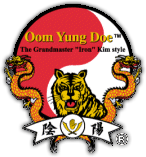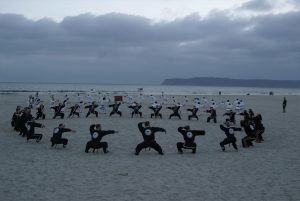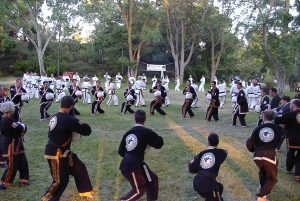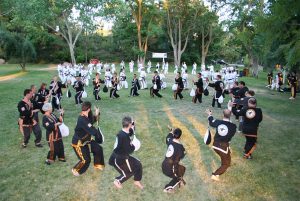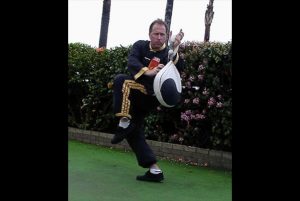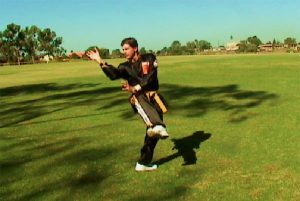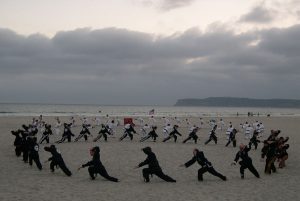Bagua Chung
Bagwa (Bagua or Pakua) as a martial art is based on the theory of continuous change in response to a given situation. It is an internal form of Traditional Moo Doe that sharpens reflexes and cultivates the understanding of one’s mind and body. Bagwa Walk is a special, circular walking position derived from the movements of various animals. The Oom Yung line of Bagwa consists of 360 techniques that encompass many different offensive and defensive positions. Bagwa training enables you to move your body like a coiled spring, smoothly and lightly, but with tremendous speed and power. This form includes offensive and defensive movements that develop both internal and external strength.
Practicing Bagwa focuses positive chi (energy) within the body and redirects and removes negative chi. Correct practice, therefore, harmonizes and centers one’s chi, and mind and body. Also, through proper training, an individual is capable of properly directing his or her chi. However, if done incorrectly, the individual may improperly direct his or her chi to only certain parts of the body, resulting in an imbalance of chi that ultimately adversely affects their body shape. Bagwa is a powerful way to increase one’s Nae Gong (stored internal strength.) Certain masters of Traditional Moo Doe use secret Bi Bong herbal formulas to accelerate their Bagwa development, quickly balance their chi, increase their Nae Gong, and harmonize their mind, body, and spirit.
Bagwa walking is smooth, light movement with tremendous speed and power. The ability to twist and move as light as a feather but with the strength of a bear. Further Bagwa practice, the body begins to move lighter like a feather. Eventually when practicing on sand or snow-covered ground, you leave less and less of an imprint on the ground that was walked on.
